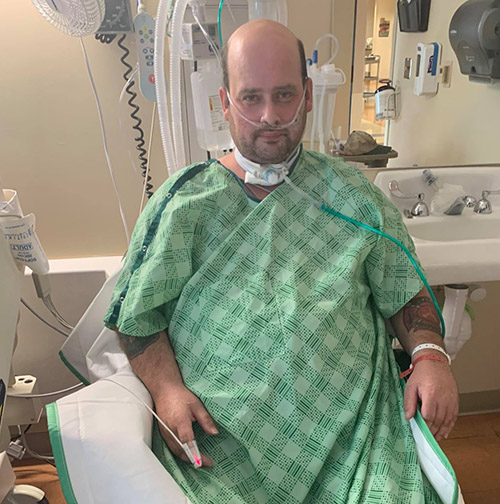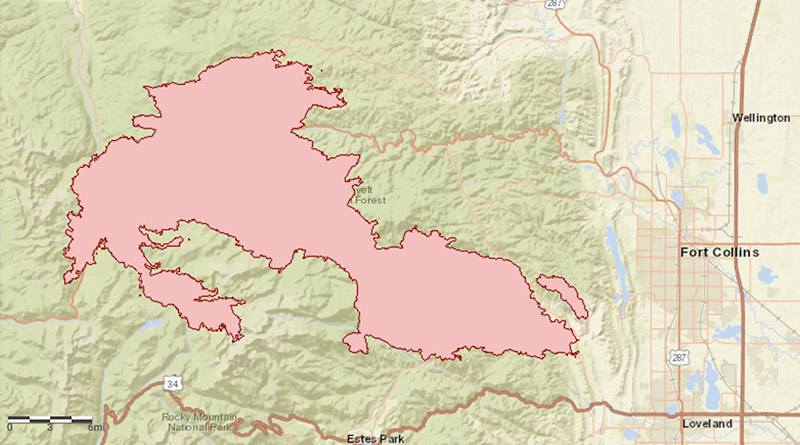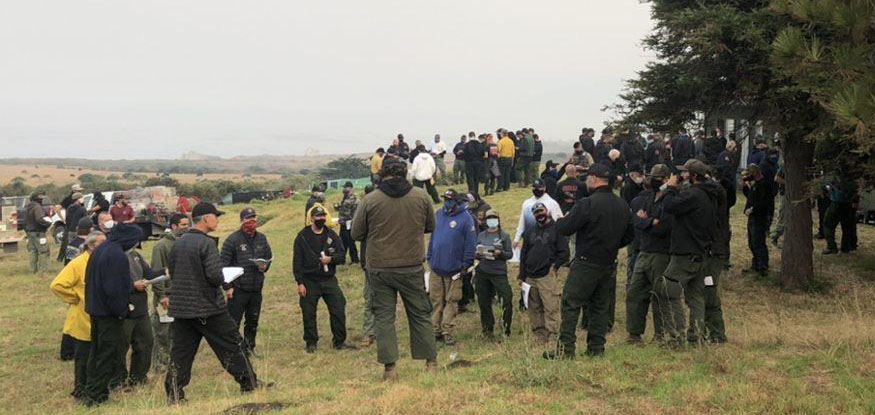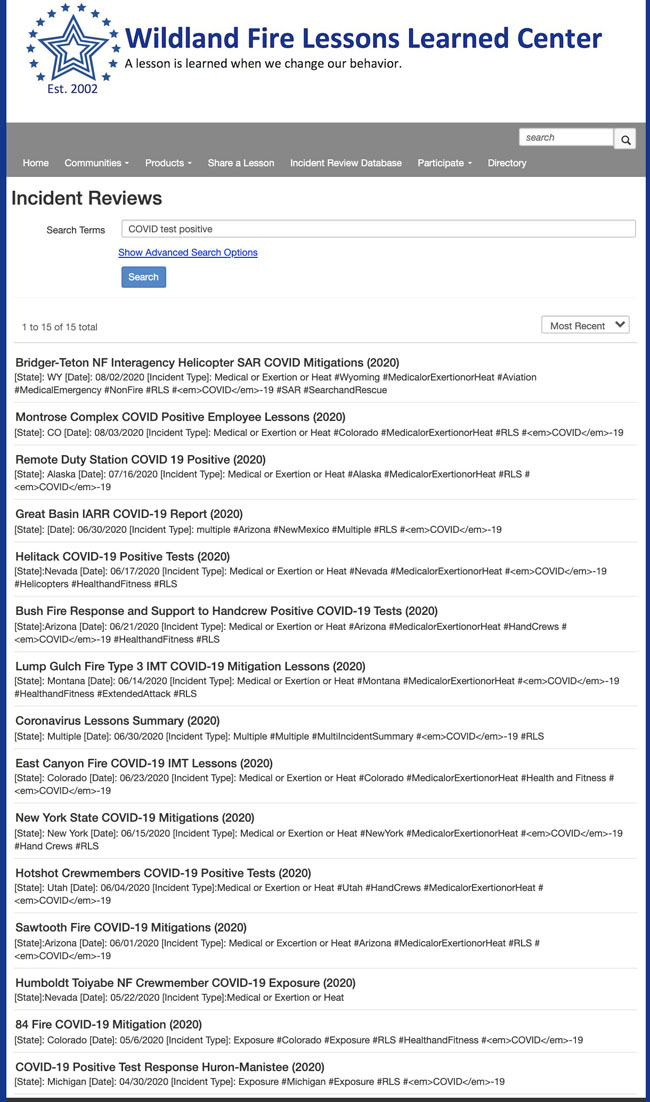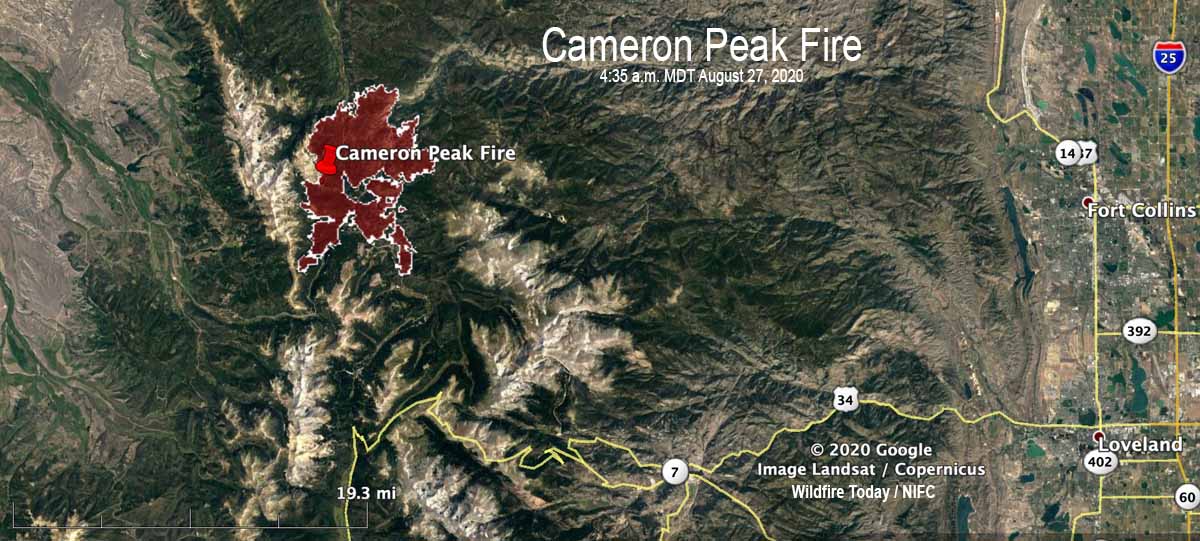
Wildfire Today has previously reported on the activation of an interagency Incident Management Team mobilized to assist in Washington state, assessing and modifying existing COVID plans to enable a broader distribution of vaccinations. They are handling three counties for the Southwest Washington Health Services — Clark, Cowlitz, and Skamania. At least 30 personnel were dispatched, 20 from the USFS, 3 DOI, and 9 from state and local governments.
Alex Robertson of the U.S. Forest Service has an update on the teams’ activities in Washington. Here is an excerpt from his report:
…Fourteen USDA Forest Service staff from the Pacific Northwest Incident Management Team 3 are bringing those skills to bear on the national vaccination effort. More are expected to deploy in the days to come.
In speaking with Incident Commander Randy Johnson, I learned this isn’t the team’s first go-round supporting COVID response.
“Last spring, Pacific Northwest Incident Management Team 3 supported COVID response in Spokane County and now the team is working with the three counties in southwest Washington to develop a coordinated, scalable approach to vaccine delivery,” said Johnson.
The team is helping scout and plan vaccination sites, verify transportation capacity and methods, and develop other critical logistics in support of the Washington Department of Health, and public health authorities in Clark, Cowlitz and Skamania Counties. Team members are helping track eligibility guidelines, vaccination capacity and availability, and striving to ensure equity in access.
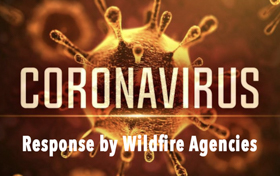 Their efforts have already made people safer. Skamania County Community Health vaccinated more than 250 people just last week at an appointment-only, drive-through vaccination site. The team is sharing lessons learned and refining plans for additional vaccination sites for Cowlitz and Clark counties, while working out logistics for mobile delivery to hundreds of eligible seniors living in adult family homes.
Their efforts have already made people safer. Skamania County Community Health vaccinated more than 250 people just last week at an appointment-only, drive-through vaccination site. The team is sharing lessons learned and refining plans for additional vaccination sites for Cowlitz and Clark counties, while working out logistics for mobile delivery to hundreds of eligible seniors living in adult family homes.
It’s support like this that will help make the safe, effective and comprehensive vaccination campaign called for in the National Strategy for COVID (PDF, 24 MB) a reality. President Biden called for a whole-of-government response to end the pandemic, and the USDA Forest Service is delivering.
And this is just one example of how the USDA Forest Service and its national interagency partners can be called up to respond when needed.
“While our team responds to a lot of wildland fires, the Incident Command Structure is easily adapted to many types of incidents. The team has served during disasters like hurricanes, recovering space shuttle Columbia (PDF, 2 MB), and on 9/11,” said Johnson.
“Adaptability and flexibility are crucial for team success on these missions and this team is made up of skilled professionals from local, state and federal agencies who exhibit those qualities.”
I knew when I recently accepted a position as Fire and Aviation Director for the Forest Service’s Pacific Northwest Region, that we’d be facing new challenges this year. As we continue to recover from the 2020 wildfires and prepare for another fire season, we have the added challenge of keeping firefighters, employees and communities safe in the face of the pandemic.
I see this additional COVID support mission as a continuation of what wildland firefighters have always done—supporting the health and safety of the broader community.
I’m grateful that we have this opportunity to add another layer of support. Working closely with our partners, I look forward to seeing all that we can get done together.
Alex Robertson is the director of Fire and Aviation for the Pacific Northwest and Alaska regions in Portland, Oregon.



